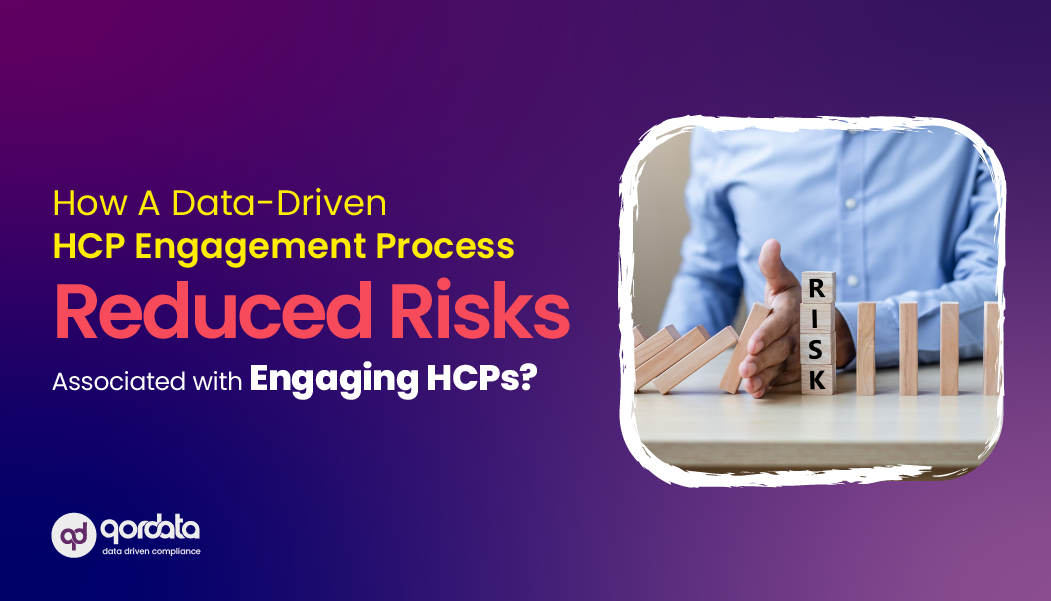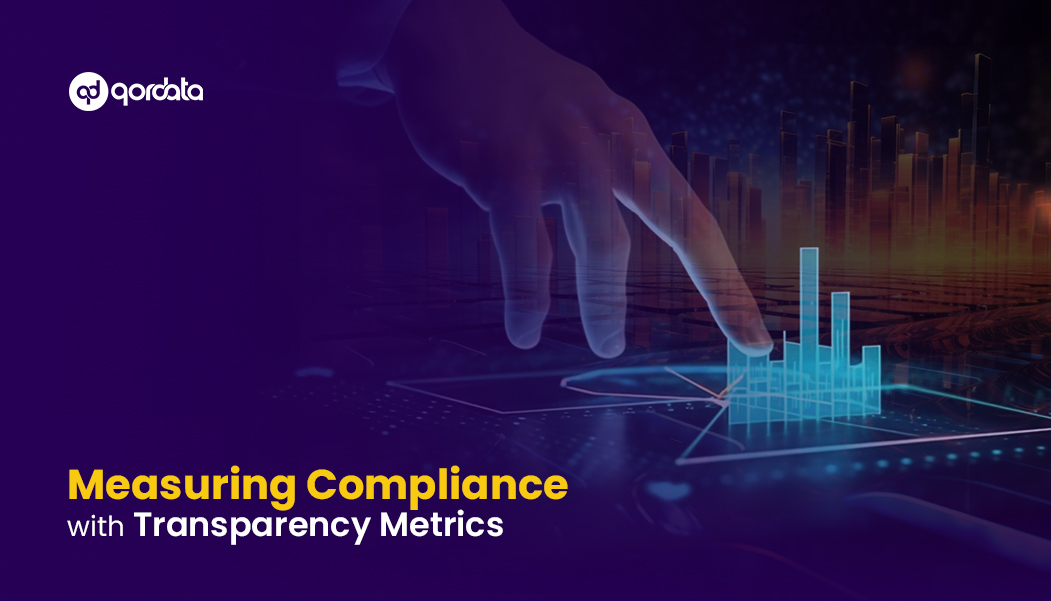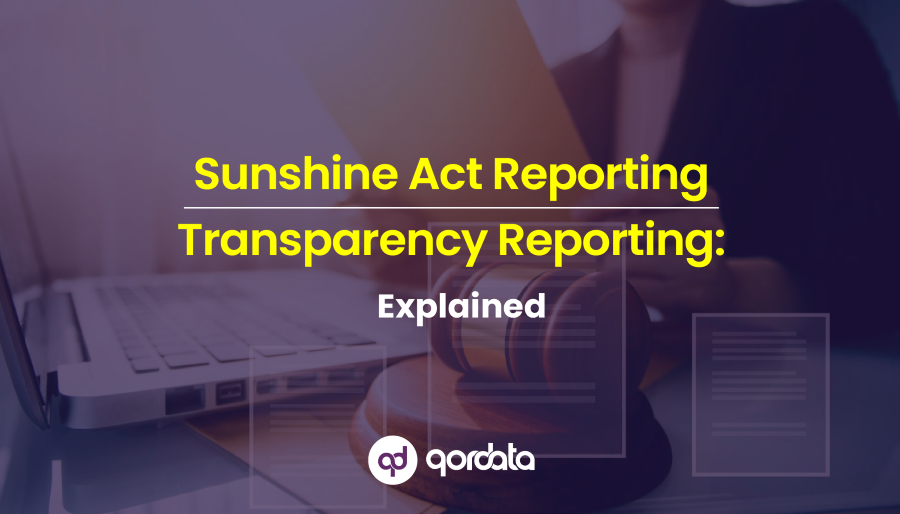Pharmaceutical and device companies have recently reported their 2015 payments and other transfers of value that were made to physicians and teaching hospitals as necessitated by the Sunshine Act.
Each time the reporting deadline of March 31 comes up, pharmaceutical companies are faced with the fear that they will miss something. And while there are statutory penalties for not reporting data, the penalties for what gets reported are much higher if the government views a company’s payments to physicians as kickbacks that are meant to induce the prescription of the company’s product.
The CMS Open Payments database offers tremendous data mining possibilities. Even a single anomaly in the data can lead to investigations and penalties, which deems it necessary for pharma companies to evaluate their data efficiently prior to submission. This is where open payment data analytics comes in.
The fact of the matter is that the utilization of data analytics has become widely prevalent in the modern era of compliance. Just about every compliance department uses several data and data sources for the management of their compliance function.
Whether it involves compiling information for reporting purposes or accumulating information for internal reporting and assessments, the ability to capture, analyze and use data is a critical element in the administration of compliance programs.
Publicly Available Data is Not Something the Government will Ignore
The availability of increased data isn’t something that pharma companies can expect government regulators and enforcers to ignore. Just last year, a Department of Justice (“DOJ”) enforcement panel at the Pharmaceutical Compliance Congress hosted by CBI in Washington, DC, discussed the now available Open Payments data and made clear that it will be one of many different data streams the prosecutors have and will be using at their disposal.
So in case the government takes a look at a manufacturer’s data with the intent of identifying outliers that can help grab instances of potential fraud and other non-compliance, then there is no doubt it is prudent that they look even closer at their data via data analytics.
With Open Payments data analytics, it is possible for pharma companies to identify issues such as a high volume of payments that have been made to a single physician or teaching hospital and payments made outside of the company determined Fair Market Value rates, etc.
Most importantly, open payments data analytics also assists pharma companies in analyzing competitor data for potential risks.
For example, they can check whether the number of interactions their company is reporting is in line with what similarly sized competitors are reporting. Is there a specific physician or institution who supposedly received a large number of transactions within the industry? In case such elements are identified, it will be easier for these to be resolved long before a government official comes questioning their transactions.



